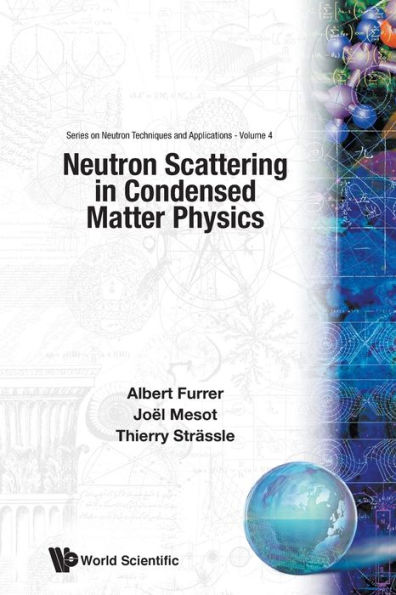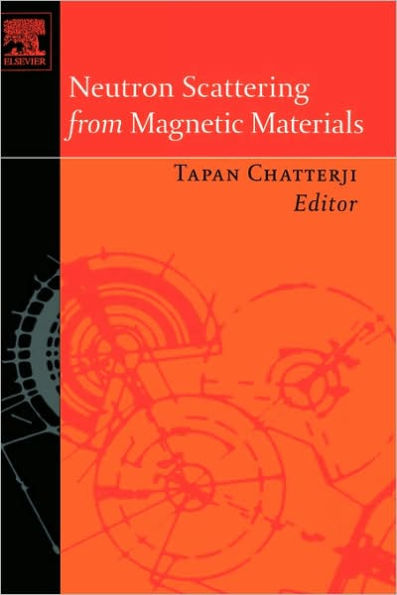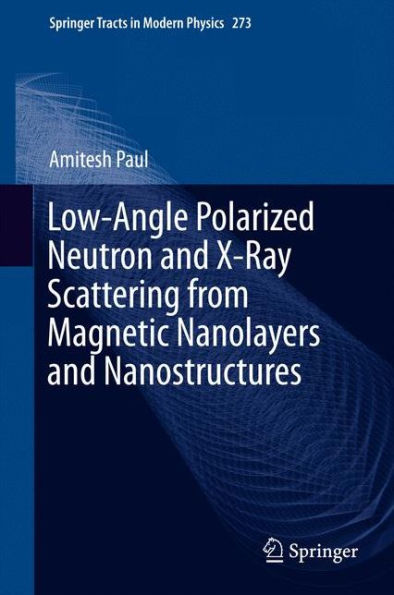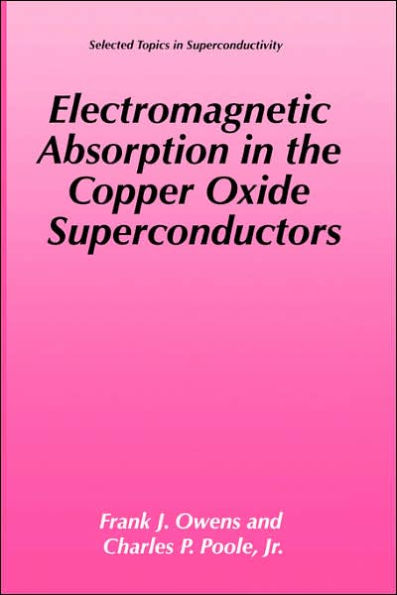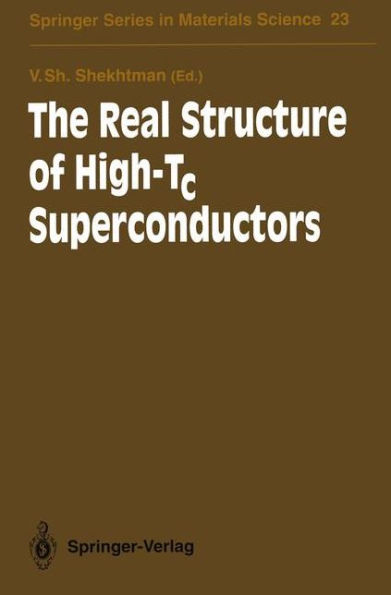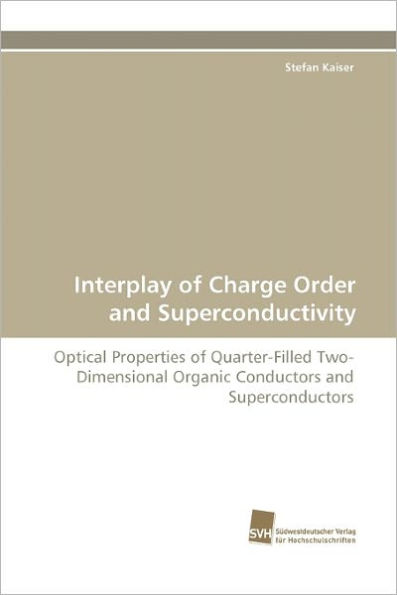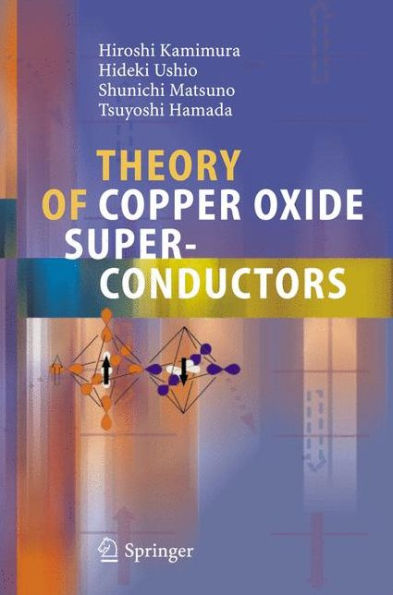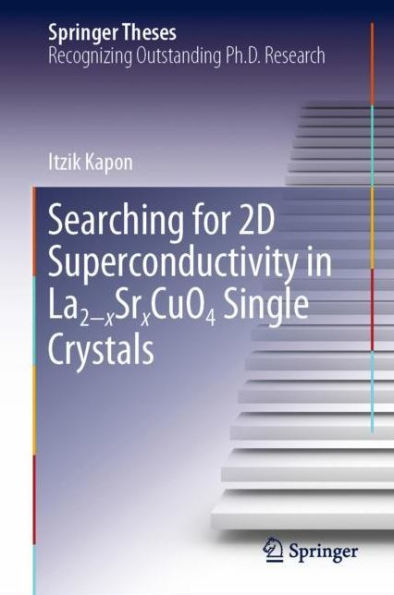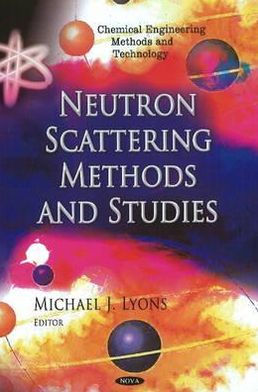Home
Neutron Scattering in Layered Copper-Oxide Superconductors


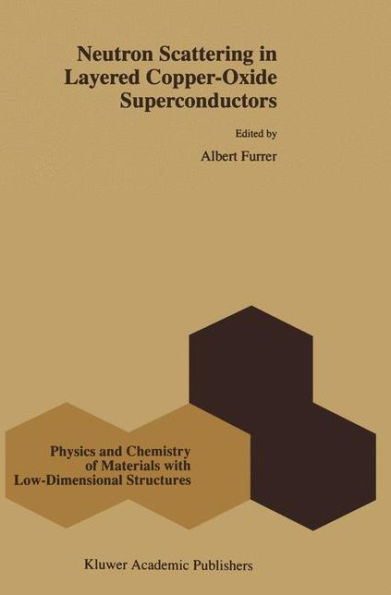
Neutron Scattering in Layered Copper-Oxide Superconductors
Current price: $54.99
Loading Inventory...
Size: OS
The phenomenon of superconductivity - after its discovery in metals such as mercury, lead, zinc, etc. by Kamerlingh-Onnes in 19]] - has attracted many scientists. Superconductivity was described in a very satisfactory manner by the model proposed by Bardeen, Cooper and Schrieffer, and by the extensions proposed by Abrikosov, Gorkov and Eliashberg. Relations were established between superconductivity and the fundamental properties of solids, resulting in a possible upper limit of the critical temperature at about 23 K. The breakthrough that revolutionized the field was made in 1986 by Bednorz and Muller with the discovery of high-temperature superconductivity in layered copper-oxide perovskites. Today the record in transition temperature is 133 K for a Hg based cuprate system. The last decade has not only seen a revolution in the size of the critical temperature, but also in the myriads of research groups that entered the field. In addition, high-temperature superconductivity became a real interdisciplinary topic and brought together physicists, chemists and materials scientists who started to investigate the new compounds with almost all the available experimental techniques and theoretical methods. As a consequence we have witnessed an avalanche of publications which has never occurred in any field of science so far and which makes it difficult for the individual to be thoroughly informed about the relevant results and trends. Neutron scattering has outstanding properties in the elucidation of the basic properties of high-temperature superconductors.

